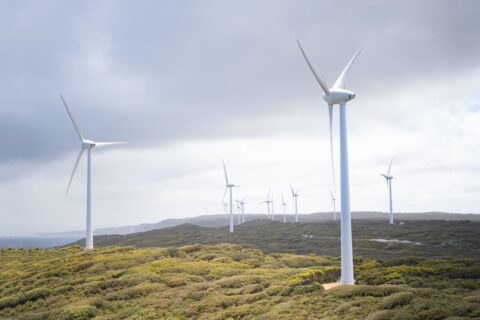The enigma of our universe’s origins and its grand journey from a singularity to the sprawling cosmos we observe today is a tale of cosmic evolution that has intrigued and inspired humanity for eons. The Big Bang Theory, the prevailing cosmological model, provides a scientific narrative of the universe’s birth and its subsequent evolution over 13.8 billion years. This article embarks on a voyage through time, from the Big Bang to the cosmos we reside in, in an attempt to elucidate the universe’s grand narrative.
The Big Bang:
- Around 13.8 billion years ago, the universe originated from a singularity, a point of infinite density and temperature. A cataclysmic explosion, known as the Big Bang, marked the birth of the universe, setting it on an expansive course.
Initial Growth Spurt:
- In the first micro-microseconds, the universe underwent a period of exponential expansion called cosmic inflation, where it expanded faster than the speed of light from subatomic scales to about the size of a melon.
Formation of Basic Elements:
- As the universe cooled, subatomic particles including quarks and leptons formed. Quarks then grouped together to form protons and neutrons, which later interacted with electrons to form atoms, primarily hydrogen and helium, in a process known as Big Bang Nucleosynthesis.
Cosmic Microwave Background Radiation:
- Around 380,000 years post Big Bang, the universe had cooled enough to allow electrons to combine with protons and neutrons to form atoms. The decoupling of electrons released photons, creating the Cosmic Microwave Background Radiation, a faint glow left over from the hot, dense “soup” of particles present in the early universe.
Formation of the First Stars and Galaxies:
- Several hundred million years post Big Bang, regions of higher density in the cosmic gas gravitationally attracted more matter and eventually ignited to form the first stars, heralding the epoch of reionization and the formation of early galaxies.
Cosmic Evolution:
- Over billions of years, stars lived and died, creating heavier elements in their cores which were expelled into space during supernova explosions. This cosmic recycling led to the formation of new stars, planets, and eventually, the complex cosmic web of galaxies we observe today.
Dark Matter and Dark Energy:
- The cosmos also harbors mysterious entities like dark matter and dark energy. While dark matter provides the unseen mass that helps keep galaxies together, dark energy propels the universe’s accelerated expansion.
Observing the Cosmic Tapestry:
- Modern telescopes and observatories have unveiled the universe’s ancient light and cosmic structures, helping cosmologists piece together its history and evolution.
Unanswered Questions and Future Explorations:
- Despite the strides in cosmological understanding, mysteries like the true nature of dark matter and dark energy, the fate of the universe, and the conditions prevailing at the exact moment of the Big Bang continue to intrigue scientists.
The Interconnected Cosmos:
- The universe’s narrative underscores an intricate interconnection, where every atom in our bodies is a relic of cosmic processes that transpired over billions of years.
In conclusion, the saga of the universe from the Big Bang to the myriad galaxies that adorn the cosmic expanse is a testament to the awe-inspiring tapestry of nature. As we delve deeper into understanding the universe’s birth and evolution, we unravel not just the cosmos’ history, but the story of our own origins. The quest to comprehend the universe’s birth and its journey beyond the Big Bang continues to propel scientific inquiry, each discovery illuminating a chapter in the grand cosmic narrative that binds us all.







